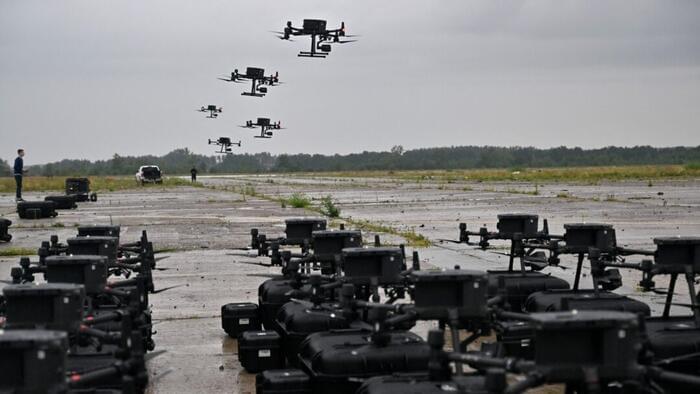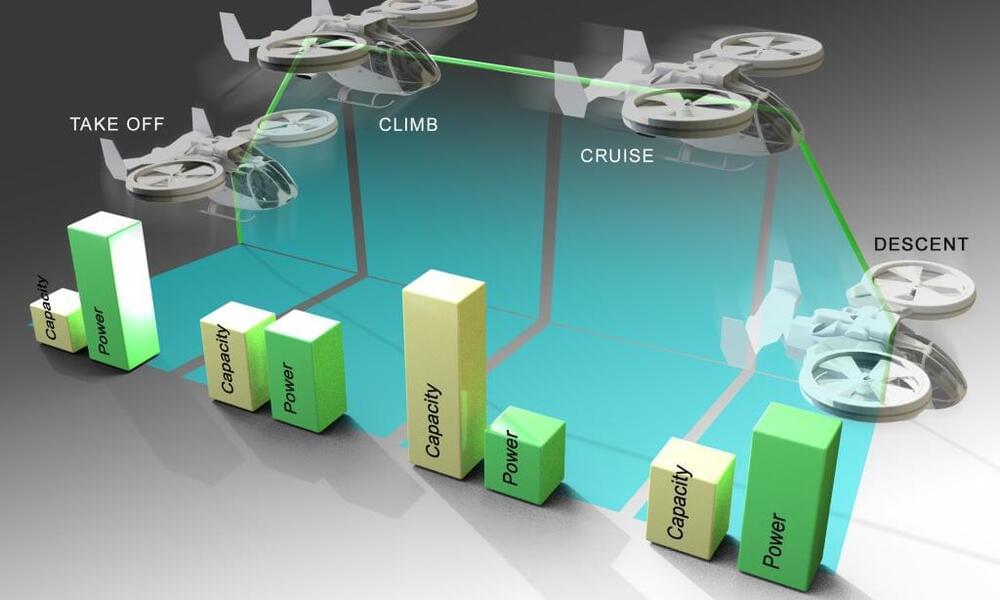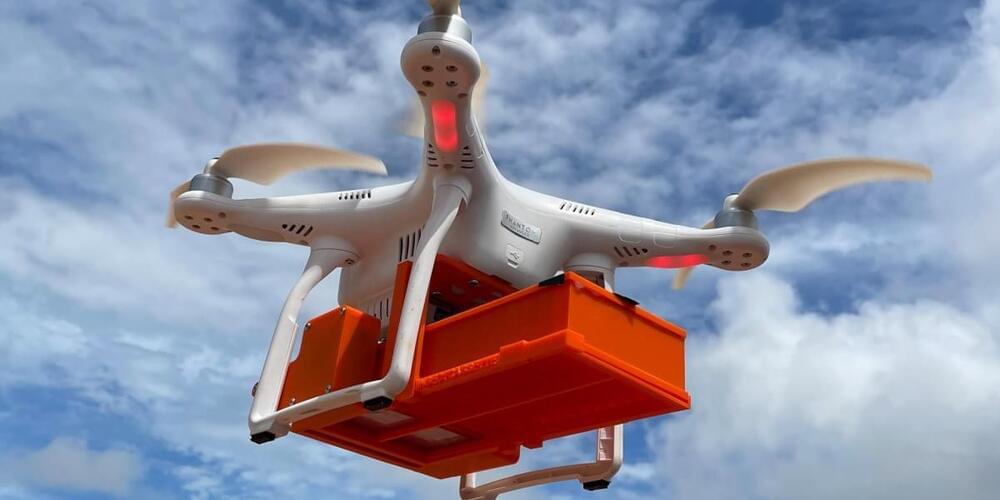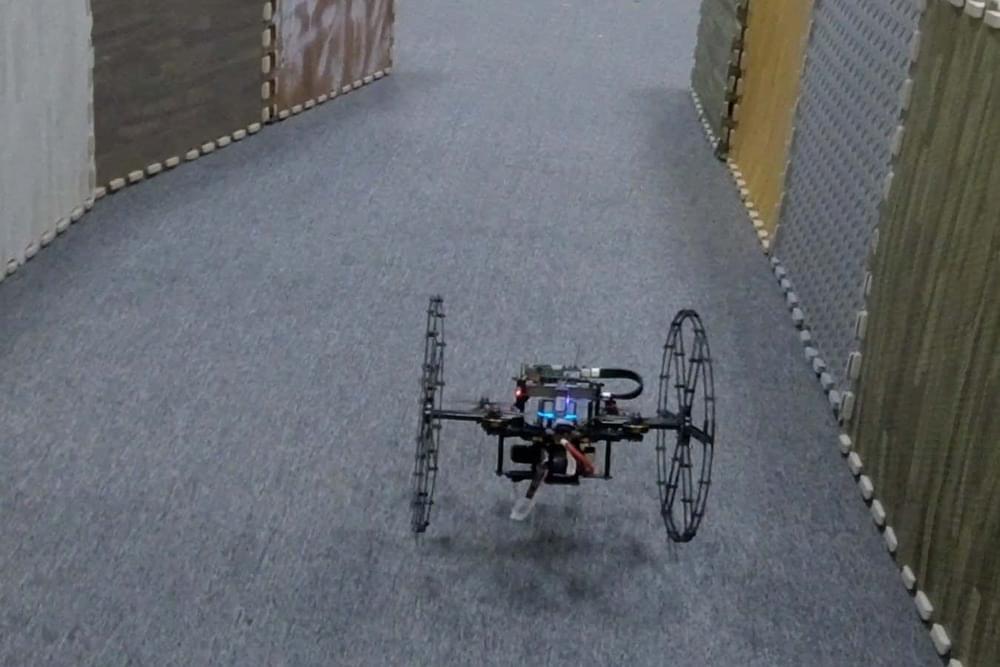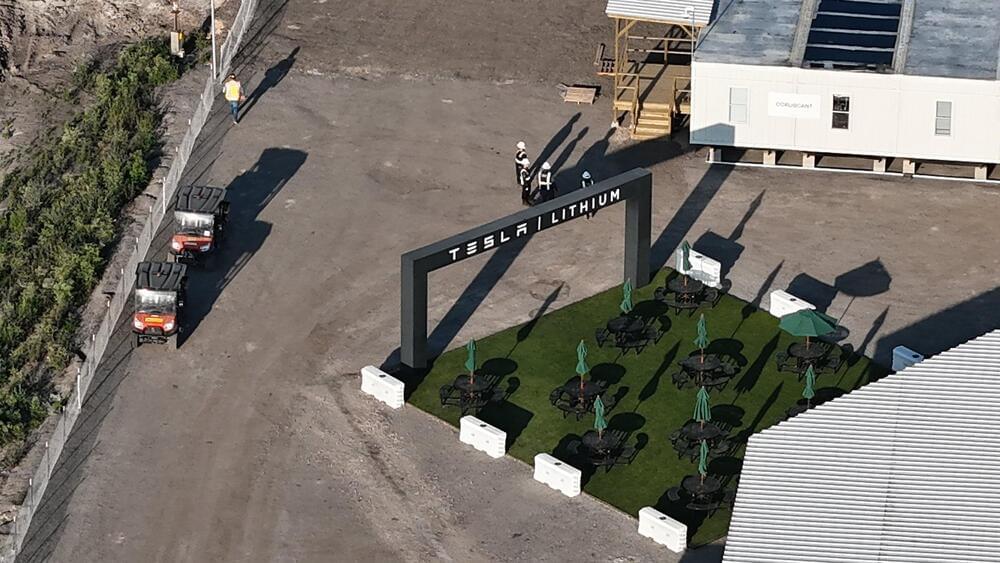A supersonic drone that will be propelled by a revolutionary new engine has taken to the skies for the first time. When Venus Aerospace’s aircraft does go supersonic on a later date, it will be powered by a Rotating Detonation Rocket Engine (RDRE).
Supersonic drones may sound like something bleeding edge, but they’re surprisingly old hat as a basic concept. As far back as the early 1950s, the US Air Force was fielding remote-controlled supersonic jets for targets to test air defenses, as platforms for reconnaissance in dangerous areas, or as weapons armed with conventional or nuclear warheads.
However, the one thing they’ve all had in common over the past 75 years was a jet engine for propulsion to boost them past Mach 1. In recent years, advances in avionics, aerodynamics, and autonomous systems have allowed uncrewed aircraft to expand their roles, but at their heart, they were still jet propelled.

